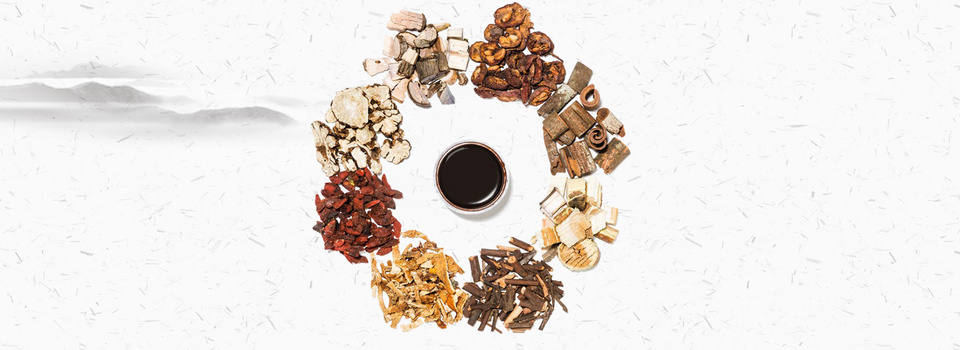


| Pair Name | Nimbolide, Tumor necrosis factor-alpha | |||
| Partner Name | Nimbolide | |||
| Disease Info | [ICD-11: 2B90.Z] | Colon cancer | Investigative | |
| Biological Phenomena | Induction-->Apoptosis | |||
| Gene Regulation | Down-regulation | Expression | BID | hsa637 |
| Up-regulation | Cleavage | CASP3 | hsa836 | |
| Up-regulation | Phosphorylation | MAPK8 | hsa5599 | |
| Up-regulation | Expression | TNFRSF10B | hsa8795 | |
| In Vitro Model | HT-29 | Colon adenocarcinoma | Homo sapiens (Human) | CVCL_0320 |
| Result | Our findings overall indicate that nimbolide may enhance TNF-α-mediated cellular proliferation inhibition through increasing cell apoptosis of HT-29 cells by up-reglation of DR5 expression via the JNK pathway. | |||
| Pair Name | Helichrysetin, Tumor necrosis factor-alpha | |||
| Partner Name | Helichrysetin | |||
| Disease Info | [ICD-11: 2F7Z] | Glioma | Investigative | |
| Biological Phenomena | Induction-->Apoptosis | |||
| Gene Regulation | Up-regulation | Activity | CASP3 | hsa836 |
| Up-regulation | Activity | PARP1 | hsa142 | |
| Down-regulation | Phosphorylation | NR2C2 | hsa7182 | |
| Down-regulation | Phosphorylation | CHUK | hsa1147 | |
| Down-regulation | Phosphorylation | RELA | hsa5970 | |
| Down-regulation | Phosphorylation | EGFR | hsa1956 | |
| In Vitro Model | HeLa | Human papillomavirus-related cervical adenocarcinoma | Homo sapiens (Human) | CVCL_0030 |
| T98G | Glioblastoma | Homo sapiens (Human) | CVCL_0556 | |
| Result | Helichrysetin and TNF‑α synergistically promoted apoptosis by inhibiting TAK1/IKK/NF‑κB and TAK1/EGFR signaling pathways in HeLa and T98G cells, indicating a potential therapeutic strategy for cancer. | |||
| No. | Title | Href |
|---|---|---|
| 1 | Combination of Nimbolide and TNF-α-Increases Human Colon Adenocarcinoma Cell Death through JNK-mediated DR5 Up- regulation. Asian Pac J Cancer Prev. 2016;17(5):2637-41. | Click |
| 2 | Helichrysetin and TNF‑α synergistically promote apoptosis by inhibiting overactivation of the NF‑κB and EGFR signaling pathways in HeLa and T98G cells. Int J Mol Med. 2021 Apr;47(4):49. doi: 10.3892/ijmm.2021.4882. | Click |
